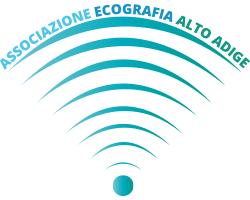Authors: Salvatore Sorrenti, Vincenzo Dolcetti, Maija Radzina, Maria Irene Bellini, Fabrizio Frezza, Khushboo Munir, Giorgio Grani, Cosimo Durante, Vito D’Andrea, Emanuele David, Pietro Giorgio Calò, Eleonora Lori, Vito Cantisani
Simple Summary: In the present review, an up-to-date summary of the state of the art of artificial intelligence (AI) implementation for thyroid nodule characterization and cancer is provided. The opinion on the real effectiveness of AI systems remains controversial. Taking into consideration the largest and most scientifically valid studies, it is possible to state that AI provides results that are comparable or inferior to expert ultrasound specialists and radiologists. Promising data approve AI as a support tool and simultaneously highlight the need for a radiologist supervisory framework for AI provided results. Therefore, current solutions might be more suitable for educational purposes.
Fonte:
Cancers (Basel). 2022 Jul 10;14(14):3357
DOI: 10.3390/cancers14143357
© 2022 by the authors. All rights reserved
